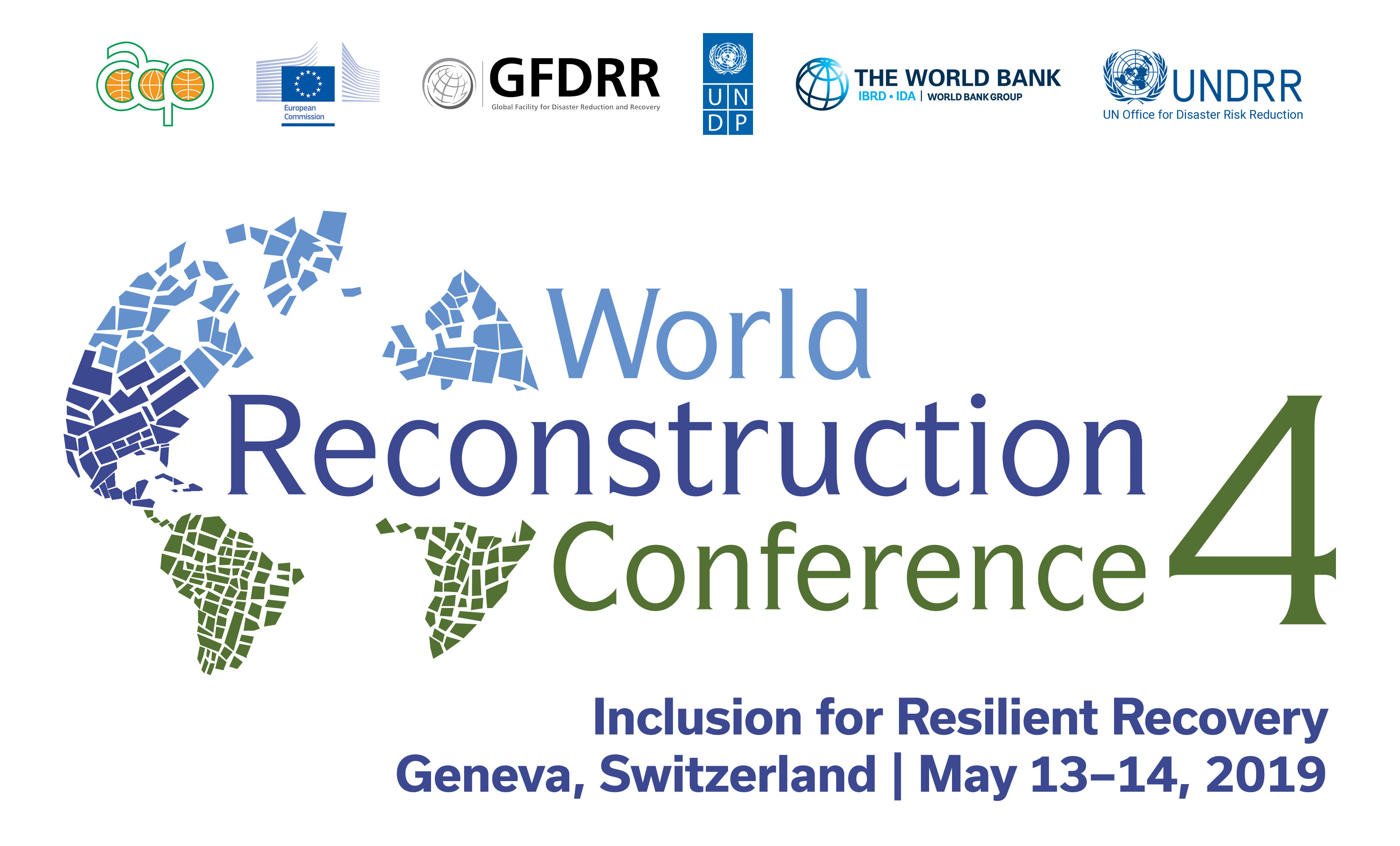Session Summary
The ability of displaced communities to cope with and rapidly recover from crises depends in many ways on their ability to regain sustainable access to energy. It fuels displaced communities’ access to water, to social services like health and education, to transport and communication, and is critical for regenerating livelihoods and local economies. It is this recognition that defines the focus of the global collaborative efforts of the Global Plan of Action for Sustainable Energy Solutions in Situations of Displacement (GPA) which aims at providing concrete actions for accelerated progress towards energy for displaced communities. Providing sustainable energy solutions in the context of communities impacted by conflicts and disasters is both critical and challenging.
Renewable energy solutions for restoring livelihoods allow faster re-integration while accelerating recovery for internally displaced communities, returnees of conflict, and refugees. This is a critical and recurrent theme where communities face an escalation of conflict such as in the Arab region, which has more than 20 million refugees and IDPs. Most places hosting refugees and IDPs also face high levels of energy insecurity. While setting the foundations for long-term resilience, decentralized solar solutions have emerged as one potential solution to meet the emergency needs of crisis-affected communities, of which a majority are women and children. The goal of scaling up solar solutions in crisis contexts is in many ways a litmus test for the aspired goal of making crisis response more inclusive and helping communities build back better.
A designated session discussed options to scale up the use of renewable energy solutions for resilient recovery in displaced communities and showcased emerging success stories in the Middle East and Horn of Africa region including Yemen and Sudan. Recent experiences in these countries have provided a better understanding of how solar solutions can meet urgent needs such as access to water, health and education services, and regeneration of livelihoods. The transition to low-carbon, climate-resilient forms of energy allows countries to be more resilient to crises, and helps ensure access to sustainable energy for communities when a crisis does occur.
Countries hosting displaced populations are also under tremendous pressure so energy has to be about long-term inclusiveness to ensure cost-effective solutions to recover from natural disasters, climate change-induced impacts and shocks, and crisis impacts of protracted conflicts. A risk-informed approach to planning, increasing institutional capacity to help predict crises, actions to cope with crises as they unfold, and actions to recover from crises sustainably and quickly inform the way forward. A combination of upstream policy support and downstream innovative actions is needed, and solar energy has emerged as the technology of choice. Inclusive recovery responses include integrating climate action into crisis prevention policies and integrating energy responses into crisis response and recovery investments to build empowered communities and a resilient ecosystem. Strong global, regional and local partnerships that promote integration of long-term sustainable energy actions for crisis recovery and responses are a prerequisite for energy investments in a crisis context for displaced communities. Such partnerships ideally would aim to allow a continuous transition from a humanitarian to a development trajectory.
The Darfur Development Strategy has used sustainable energy for basic services and reconstruction of livelihoods to allow economic development and improved access to social services. The inclusive, decentralized solar energy system has been implemented for basic services such as water, health, education, and security, and towards productive activities like agriculture. Specifically targeting women, girls, midwives, elders and children has ensured inclusion. Sustainability issues are tackled from the perspective of project financing, quality assurance, and training. In two years of implementation, better health and educational services, safe movement at night, fast police responses to emergent situations, and entertainment were indications that a resilient solution had taken effect in the region.
Solar power has not only helped healthcare by providing safe water drinking systems that have improved access to water and reduced water-borne diseases, but has also provided livelihood by teaching people to generate and sell electricity. In so doing, it has broken the gender barrier, enabling increased mobility of women and their engagement in economic activity. In Yemen’s tribal culture, inclusion meant identifying areas and individuals who could not access aid despite their eligibility for it, including the marginalized such as the gypsies, who weren’t even integrated into the community. Thus, renewable energy can be treated as a good entry point to build a humanitarian, development, and peace nexus.
The aforementioned GPA is a multi-stakeholder process aiming to mainstream sustainable energy solutions in displacement settings at the household, community, and institutional operational levels. The challenges are manifold: energy is not a formal priority in humanitarian assistance, displaced people are not included in energy access agendas, lack of funding, limited expertise and capacity to plan and implement sustainable energy solutions, and limited and poorly shared data on humanitarian needs and solutions. Active forums for collective activity operate across five working areas viz. planning and coordination, policy, innovative financing, capacity building, and data. Pathways for collaboration include advocacy, bundling of projects from different agencies, ensuring engagement with key stakeholders, sharing data and best practices, and liaising with the private sector.
The session showed that renewable energy for displaced communities has not only successfully helped them cope with crises as they unfold, and helped with sustainable recovery, but also worked hand-in-hand with development, inclusion, and income generation to break gender barriers and create a resilient community engaged in skill and capacity building towards a long-term development solution. There is a need for more partnerships across agencies, and with the private sector and NGOs, so that gains can be collated and shared, and greater impact achieved faster.

